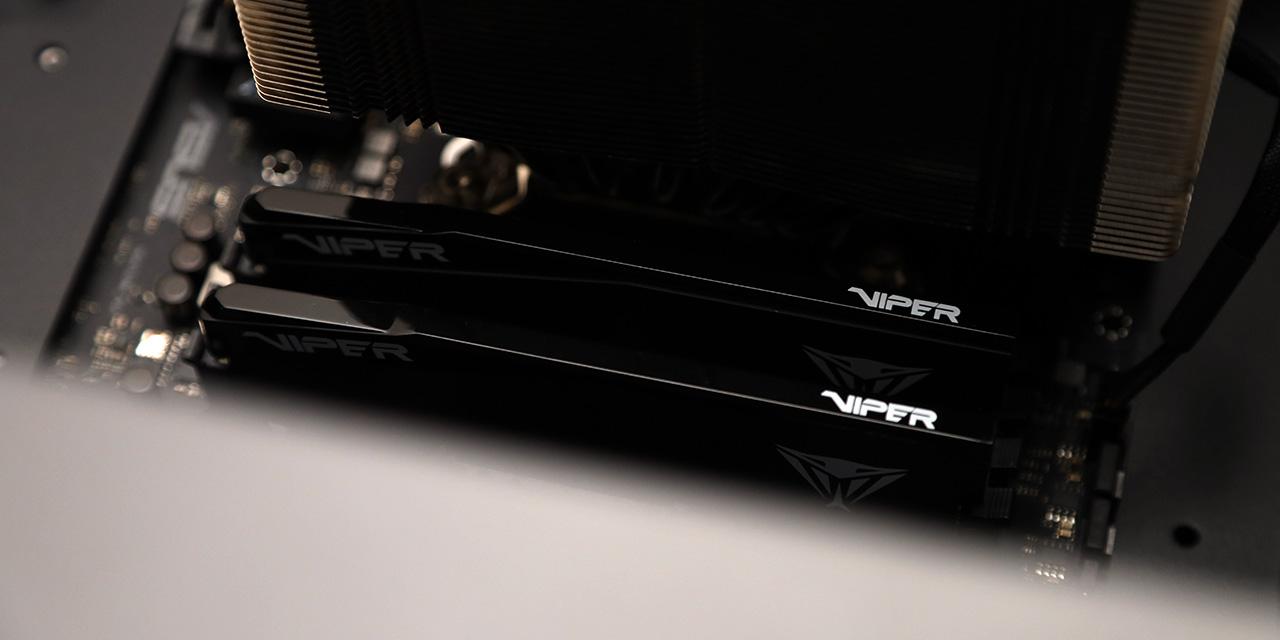Page 3 - Physical Look - Inside

In order to further investigate the design details of the SilverStone SFX SX500-G 500W power supply unit, some panel removal is required. It is important to note two important concerns before disassembling any power supply unit: First, certain components, such as the capacitors, may cause an electrical shock; and second, your three-year warranty will be voided if the screws on the power supply unit are removed. Therefore, unnecessary disassembling of a power supply unit should be avoided. Once the top panel of the SFX SX500-G is removed, a closer look of the electronic components can be revealed. The OEM for the power supply is High Power Electronic Co., Ltd/Sirfa, which is the same as the SFX SX650-G we just reviewed.

Let us first take a look at the transient filter stage of the power supply unit. The function of the transient filter stage is to protect the computer from the power grid noise and voltage spikes. In the SFX SX500-G, the transient filter stage contains a couple of X-capacitors, bunch of Y-capacitors, several ferrite coils, and one metal oxide varistor. The MOV here is to prevent the computer from being damaged by lightning surges. It is worth mentioning not all the power supply units in the market have an MOV. There are two sets of X-capacitors and Y-capacitors, with one set on the PCB board behind the power plug and the other set found on the main PCB board.

Now, we move on to the primary side. The big capacitor in the photo is a Rubycon capacitor, which is rated at 470uF at 420V and 85c. It is a Japanese brand capacitor, therefore it may have a higher cost, but the quality would be better compared with the capacitors made in other countries. A 105c rated capacitor would have been better though. Under the Rubycon capacitor, there is a Sanken A6069H chip to handle the standby mode PWM control. There are also four Toshiba TK12A60W ICs attached to the heatsink panel. More specifically, two of these parts serve as switchers and two serve as PFC MOSFETs. As for the power efficiency’s perspective, the Toshiba K12A60W features 0.265 ohms drain-source on-resistance. Note the lower the drain-source on-resistance, the more efficient the transistor will be.

In the middle of the above photo, we can see there are two rectifying bridges attached to each other. The model of these two rectifying bridges are unidentifiable due to the fact that all the components are placed so close to each other. However, on further research, these two are GBU1506. At 115V, the maximum rectified forward current capacity with heatsink is 15A each, so you can theoretically pull up to 3450W (15A * 2 diode * 115V) from the bridge rectifier at 100% efficiency -- of course, this is limited by the fact that it is not 100% efficient, and also neglects the fact that not every component in the system are able to keep up. On the right side of the rectifying bridges in the photo, there is a PFC control unit. The IC on the PFC controlling unit is the Infineon ICE3PCS01. Other components on the PFC control unit, especially those ones on the side of the board that is facing the rectifying bridge, are hard to recognize since there is no clear line-of-sight.

The capacitors on the secondary side are also manufactured in Japan. For a modern power supply unit, the power output from the rectifiers is +12V. The +12V output of the power supply unit can just directly use the power from the rectifiers; however, the +5V and +3.3V outputs are converted from the +12V power supply. The conversion functionality is mainly realized by the components on the daughterboard, where you can find an ANPEC APW7159 synchronous buck PWM controller and six Infineon BSC0906NS handling the +5V and +3.3V outputs. More information about these parts can be found from their respective datasheets from the manufacturer's website.

The modular cable sockets are soldered onto another daughterboard in the rear of the power supply unit. Having good soldering quality of those sockets is very important, since a significant amount of force will be applied on them when plugging or unplugging the connectors. The sockets in the SFX SX500-G have very good soldering quality, and I am sure that they can handle some abuse with no problem. There are two ICs on the board that can be easily spotted, with one PS224 for current protection and one 15W408AS microcontroller.

In terms of cooling performance, there are two things we need to pay attention to for a power supply unit; namely the heatsink and cooling fan. In this case, we can see one heatsink and one cooling fan inside of the SFX SX500-G. There is a limited number of heatsinks inside due to limited space inside the chassis. The size of the fan is 92mm in diameter, which is the maximum the enclosure can accommodate. According to the label on the fan, the Globe S0921512MB uses fluid dynamic bearings to keep noise in check.
Page Index
1. Introduction, Packaging, Specifications
2. Physical Look - Outside
3. Physical Look - Inside
4. Minor Tests and Conclusion





